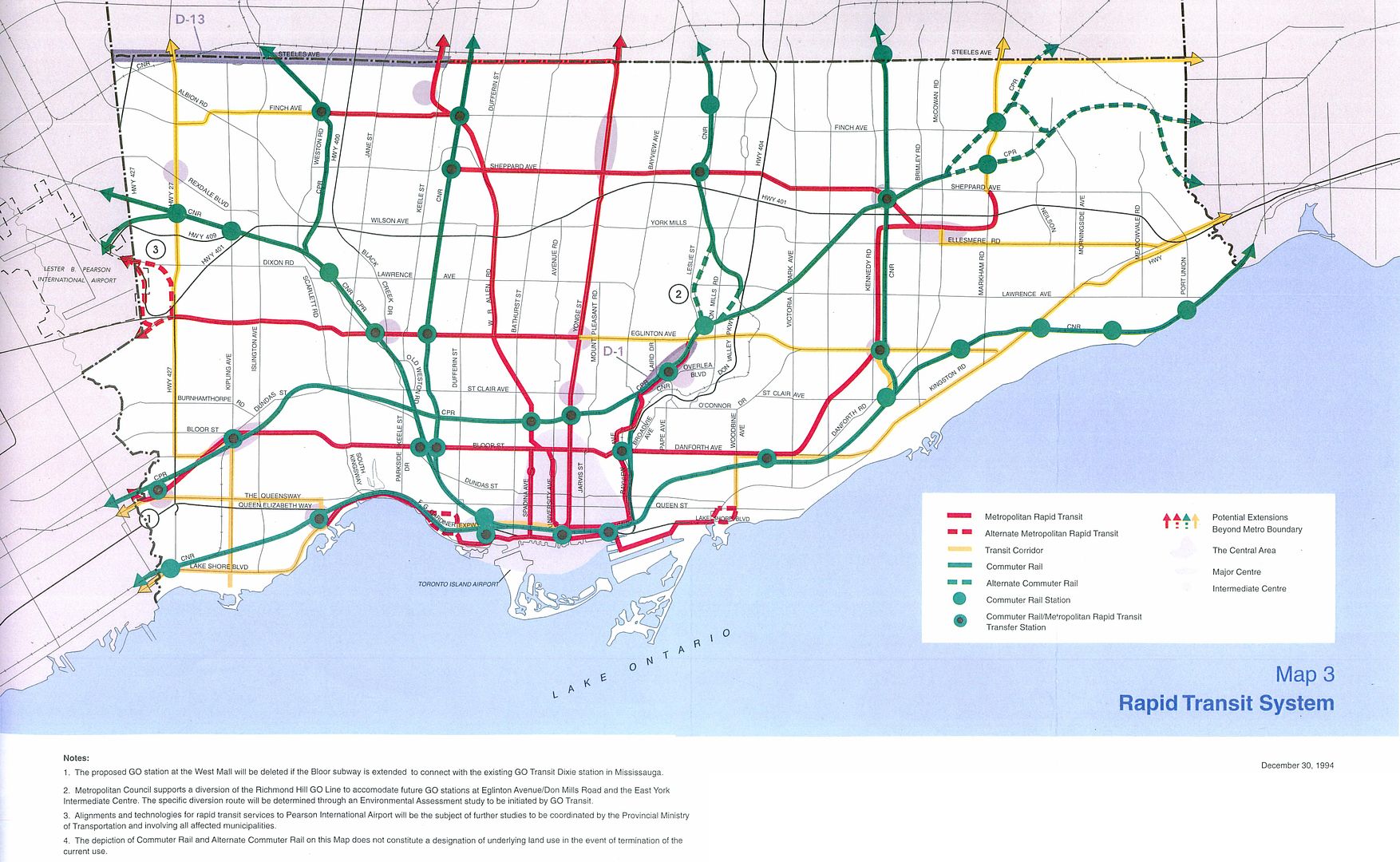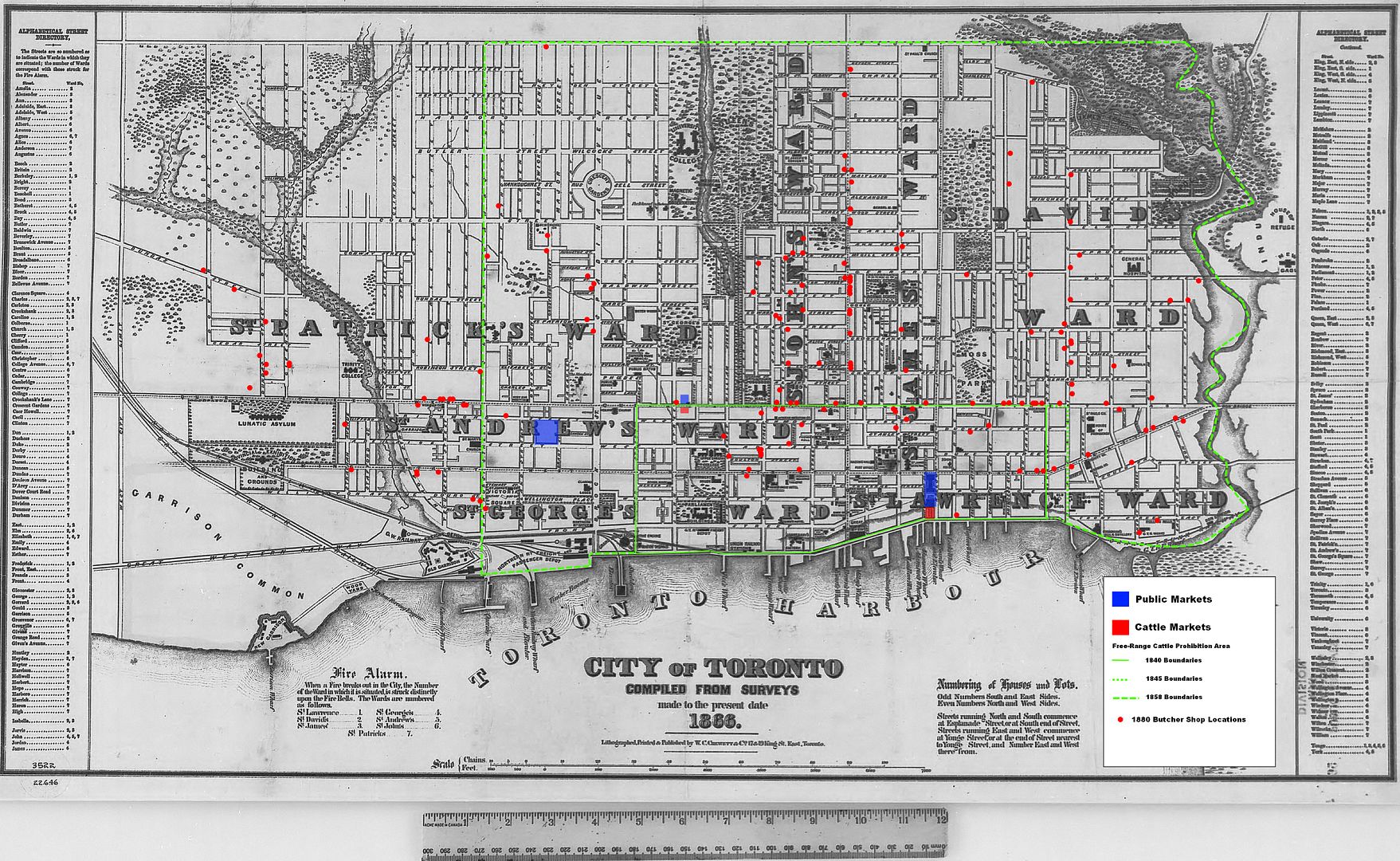J T CUNNINGHAM
Senior Member
Just wondering how this "non-partisan" Foundation stacks-up, considering their Anti-tobacco stance:
"Martha J. Shuttleworth, a philanthropist, was born in London, Ontario, and graduated from Glendon College, York University, in 1972.
Throughout the 1980's, she was a significant funder of Canada's anti-tobacco industry movement.
Martha is President of the Foundation, an organization she founded in 1996."
http://www.neptis.org/about
Also:
Delegate Interview
Marcy Burchfield
Director of Research Programming and Communication, The Neptis Foundation
"We have had the fortune to work with, mainly through funding, a group of diverse stakeholders in British Columbia who
are developing techniques to engage communities in the reduction of greenhouse gas emissions in BC by
introducing community energy initiatives. This group uses cutting-edge research and innovative
tools of engagement to explain the relationship between urban form and energy use and changes
that can be make at the neighbourhood scale to reduce GHGs.
British Columbia has set aggressive legislated targets for greenhouse gas reduction.
To achieve its targets citizens must understand how they can be a part of the solution.
This group is doing an amazing job of engaging a diverse range of citizens."
http://cityminded.org/delegate/marcy-burchfield
Regards,
J T
"Martha J. Shuttleworth, a philanthropist, was born in London, Ontario, and graduated from Glendon College, York University, in 1972.
Throughout the 1980's, she was a significant funder of Canada's anti-tobacco industry movement.
Martha is President of the Foundation, an organization she founded in 1996."
http://www.neptis.org/about
Also:
Delegate Interview
Marcy Burchfield
Director of Research Programming and Communication, The Neptis Foundation
"We have had the fortune to work with, mainly through funding, a group of diverse stakeholders in British Columbia who
are developing techniques to engage communities in the reduction of greenhouse gas emissions in BC by
introducing community energy initiatives. This group uses cutting-edge research and innovative
tools of engagement to explain the relationship between urban form and energy use and changes
that can be make at the neighbourhood scale to reduce GHGs.
British Columbia has set aggressive legislated targets for greenhouse gas reduction.
To achieve its targets citizens must understand how they can be a part of the solution.
This group is doing an amazing job of engaging a diverse range of citizens."
http://cityminded.org/delegate/marcy-burchfield
Regards,
J T
Last edited:







